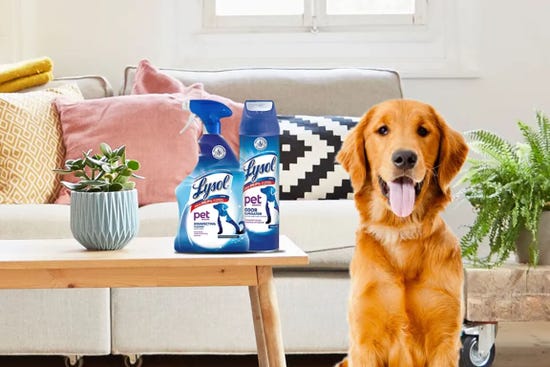
Pre-K Lesson Plan: A Very Good, No Germs, Fresh and Healthy Day!
Good hygiene habits help keep away germs that can make us sick. Pre-K children will learn about the good hygiene habits that prevent the spread of germs and keep us healthy; such as covering sneezes and coughs, disposing of used tissues, and avoiding sharing drinks and food.
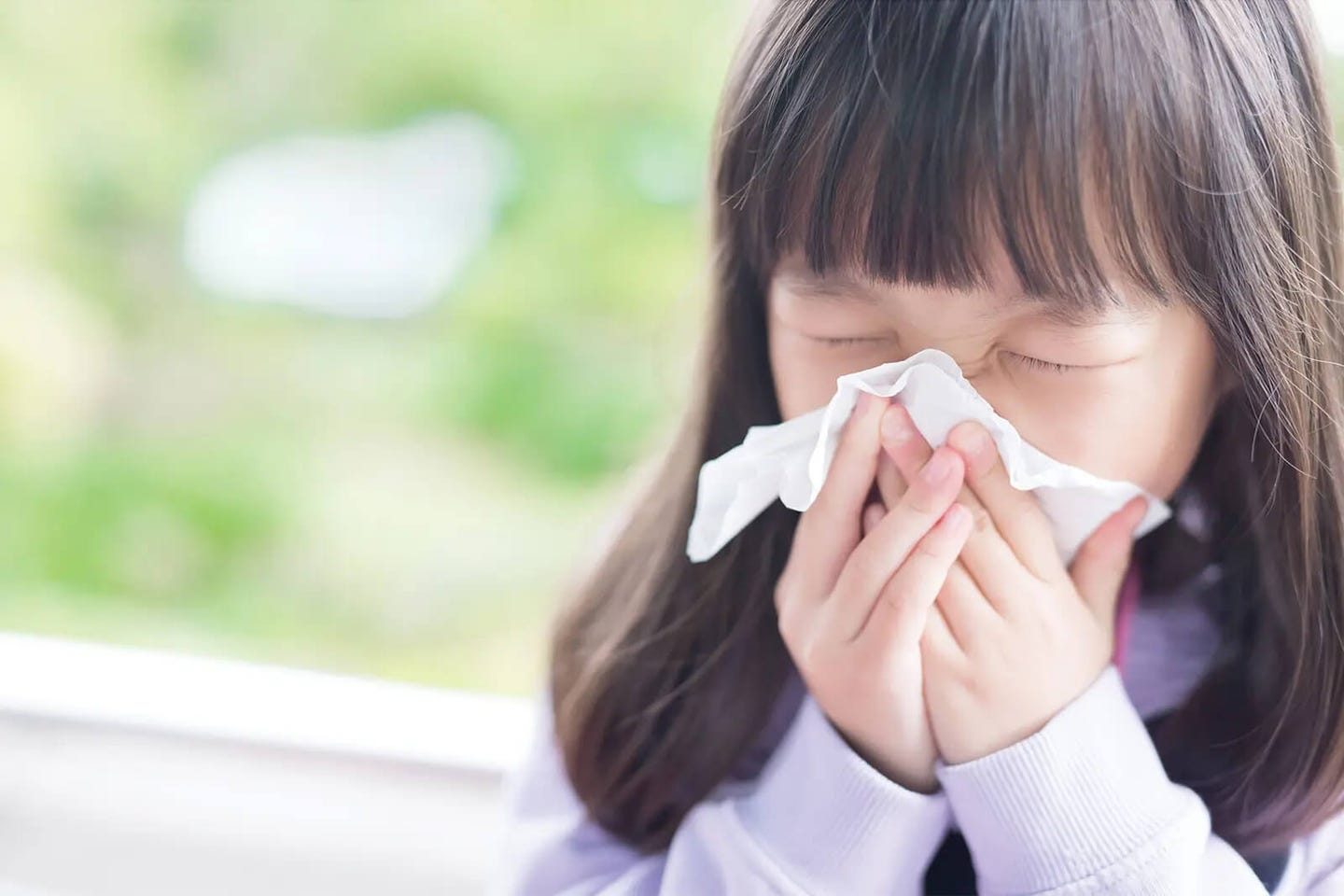
Goals and Skills
Children Will:
Understand how germs spread through our hands and contaminated surfaces
Identify good hygiene habits that prevent catching and spreading germs
Learn about basic personal habits required to maintain good hygiene and health
Listen, share, and make relevant comments in a group discussion on daily health practices
Supplies and Preparation
Make copies of handout A Germy Day (at end of PDF)
Instruction Steps
1. Review
In this lesson, children will review handwashing and learn about more good hygiene habits. These habits prevent germs from entering our body so we can stay healthy. Review what was learned about germs in Germ Detectives and Hooray for Clean, Healthy Hands.
Make sure to remind children that some germs can make us sick. For example, if someone has a cold, they may cough or sneeze. Those germs can travel through the air and can land on their hands and the surfaces around them. From there, germs can easily be spread to others and can even make their way into another person’s body making them sick as well.
Germs can enter the body through our mouths, noses, or eyes. Review how proper handwashing gets rid of germs from our hands. Explain that they will now learn about other ways to keep germs away by practicing good hygiene every day.
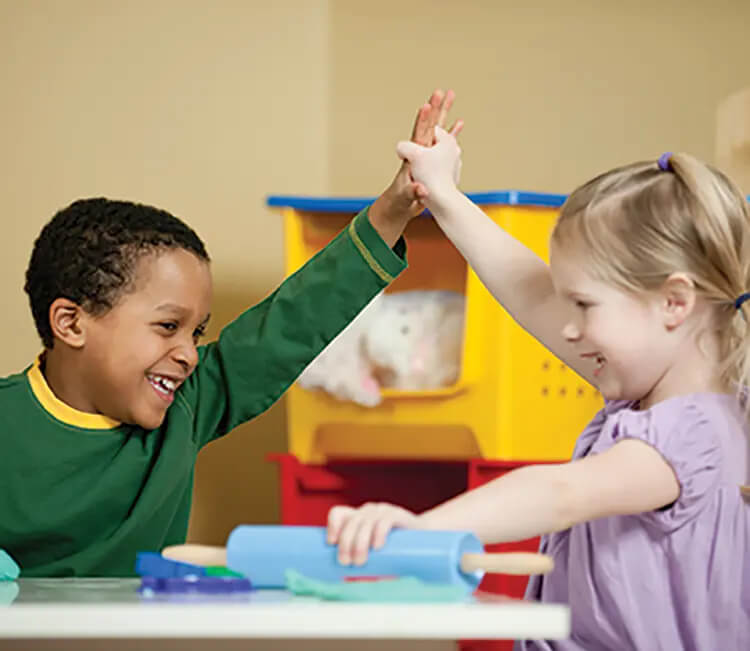
2. What is a Habit?
Begin by reviewing your classroom routines. These are activities we do every day. When you do something every day it becomes a habit. As children go through the day and think about the routines they follow at home and school, explain that some of these habits are good habits because they keep us healthy.
Tell the children that they will learn about good hygiene habits. Explain that these are habits that help keep us clean and prevent the spread of germs.
3. A Germy Day Story
Begin by explaining that germs are everywhere, and that they can travel on hands and surfaces into the classroom. Read the following short story, “A Germy Day.” Make this an interactive story time by having children follow along and read aloud with you as they get to know the story. When you mention an action, invite children to “act it out.”
A Germy Day Story
Provide each child with the handout A Germy Day (At end of PDF). Explain that they will play a matching game in order to find where the germs Tim picked up on his way to school landed in the classroom.
After finding the germs in the classroom, explain that good hygiene practices prevent germs from spreading to other children or other areas in the school. Invite children to circle the five good hygiene practices. Then, explain how each practice prevents the spread of germs and helps them stay clean and healthy.
4. Good Hygiene Habits
Introduce the habits of good hygiene. Explain that hands and surfaces can be cleaned to eliminate germs. We can be even more careful by following preventative steps that keep away germs that can make us sick and stop germs from spreading to new locations. When practiced daily, these actions become good hygiene habits.
- Wash hands.
- Use clean tissues when sneezing, coughing, or wiping your nose. Toss used tissues in the garbage.
- When drinking or eating, use your own cup, straw, and utensils.
- Cover coughs and sneezes.
- Watch what you put in your mouth. If your snack falls on the ground, toss it and ask for a new one.
Make sure to teach children where to find soap, paper towels, and tissues and to approach a teacher or assistant if they need help. It is important that they practice good hygiene in school and develop independence and self-efficacy in the process.
Remind students of the story, “A Germy Day” and all of the germs Tim encountered on the way to school. Tell children to ask their teachers and parents to help them keep their toys, school supplies, and backpack clean. This is another habit that can help stop the spread of germs.
5. Review
Write a class story about a very good, no germs, fresh and healthy day! Using sentence starters, invite children to write a story about good hygiene and healthy habits in school.
Once the story is finished, the class can make illustrations for the story. With the class story, you can make good hygiene habits part of your classroom routine. Your class can then revisit these ideas and review the importance of good hygiene habits throughout the year.
6. Extend the Lesson
Show children the unique properties of soap through this simple demonstration. For this demonstration, you will need a bowl, ground pepper, hand soap, and water. Just fill the bowl with water and toss ground pepper across the water’s surface. Then add a drop of hand soap. Children will see the pepper race away from the soap.
This demonstration is often used to show how soap breaks the water’s surface tension. This explains why the pepper can no longer float but is pulled to the edges by water molecules moving away from the soap. You can ask children to imagine the pepper represents germs so they can see the soap “chasing” the germs. With this demonstration you can begin to explore other questions related to soap, how it is used, and why it is such an effective cleaner.
7. Home Connection
Share what you have covered in class with parents in your monthly newsletter, communications, or class blog. Ask parents to encourage their children to practice these habits at home. Suggest using a checklist to monitor actions their children will take at home to minimize germs that are being brought in from school. The list can include washing hands upon arrival, taking off shoes and leaving them at the door, and hanging coats and school bags. The checklist can also serve as a reminder to parents to regularly clean and disinfect all toys, school supplies, and school bags.
Explore More Lesson Plans
Related Articles
DISCLAIMER:
Healthy Habits® is Presented by Lysol® in collaboration with NEA and National PTA
SOURCES:
Education Standards: : (NHES) Health: 1.2.1, 1.2.3, 2.2.1, 2.2.2, 3.2.1, 5.2.1, 6.2.1, 6.2.2, 7.2.1 (HSELOF) Head Start: P-ATL 8, P-LC 5, P-LC 6, P-LC 7, P-MATH 9, P-SCI 1, P-PMP 3, P-PMP 4

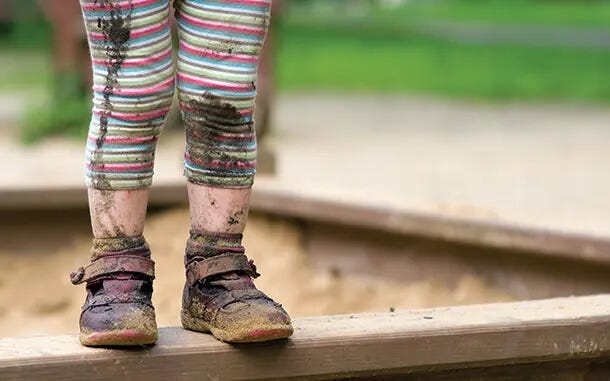
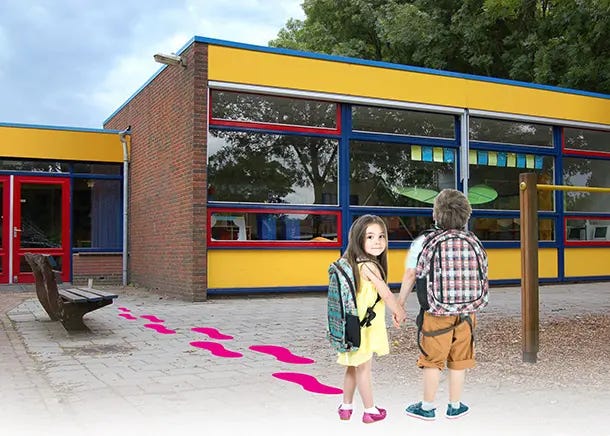
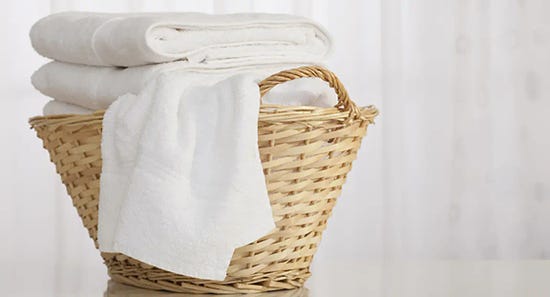
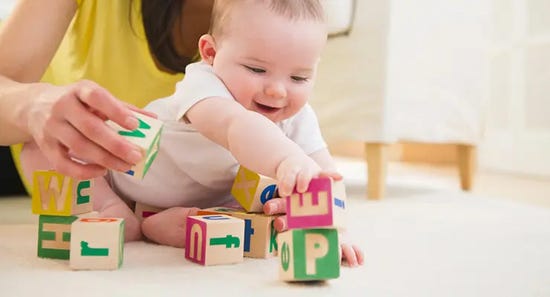
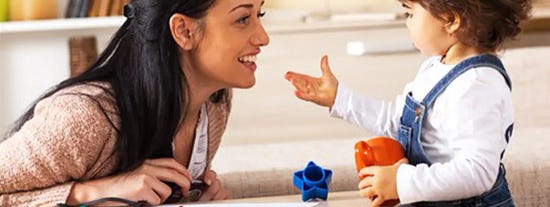
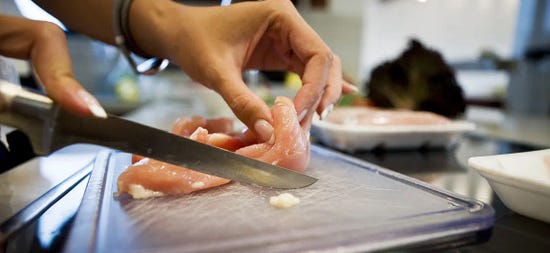

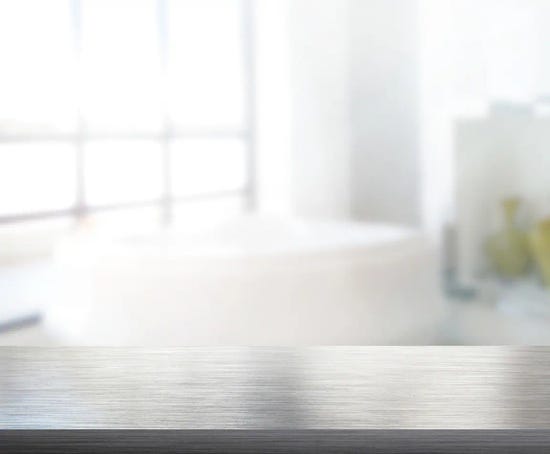
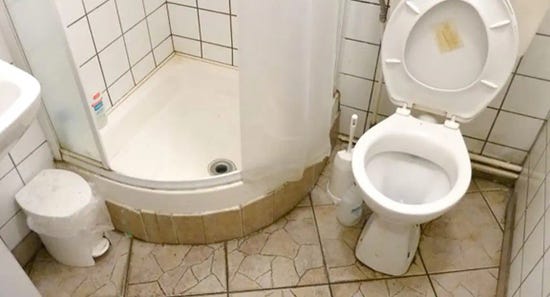
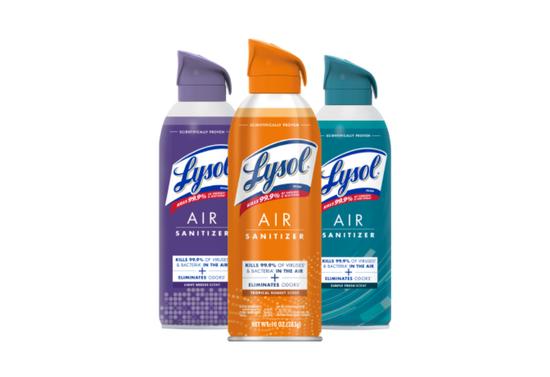
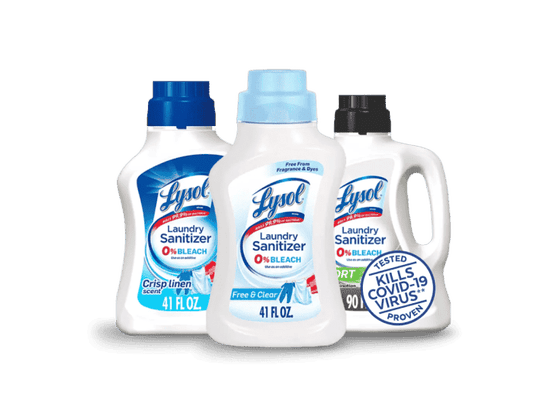
.png?width=550&height=377&format=png&quality=80)
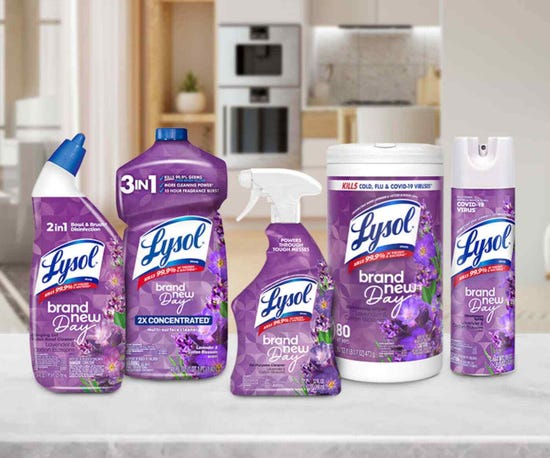
.png?width=550&height=377&format=png&quality=80)
.png?width=550&height=420&format=png&quality=80)
.png?width=550&height=377&format=png&quality=80)
.png?width=550&height=377&format=png&quality=80)
